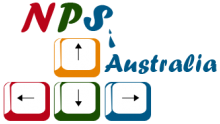Malaria is a disease that can be fatal, and it is spread through the bite of the female Anopheles mosquito. The life of the sufferer is put in jeopardy as a result of the presence of numerous plasmodium parasites, which spread throughout their blood cells. Malaria can potentially be fatal if it is not treated within the first few stages of the disease. A well-known method for diagnosing malaria, microscopy involves taking blood samples from the patient, calculating the number of parasites, and counting the victim’s red blood cells. Nevertheless, the procedure of microscopy takes a lot of time, and, in certain circumstances, it can produce an incorrect result. When compared to the more conventional approach of microscopic examination, the recent successes of deep learning (DL) in the field of medical diagnosis make it quite conceivable to reduce the expenses associated with the diagnosis while simultaneously improving overall detection accuracy. This study proposes a transformer-based DL technique for diagnosing the malaria parasite using blood cell images. An explainable AI technique called Grad-CAM was applied in order to determine which aspects of an image the proposed model paid significantly more attention to in comparison to the other aspects of the image through saliency mapping. This was done in order to demonstrate the usefulness of the models. According to the findings of this research, the performance of the vision transformer and the VGG16 are identical. Both models have reached an accuracy score of approximately 96%, which is very impressive.
